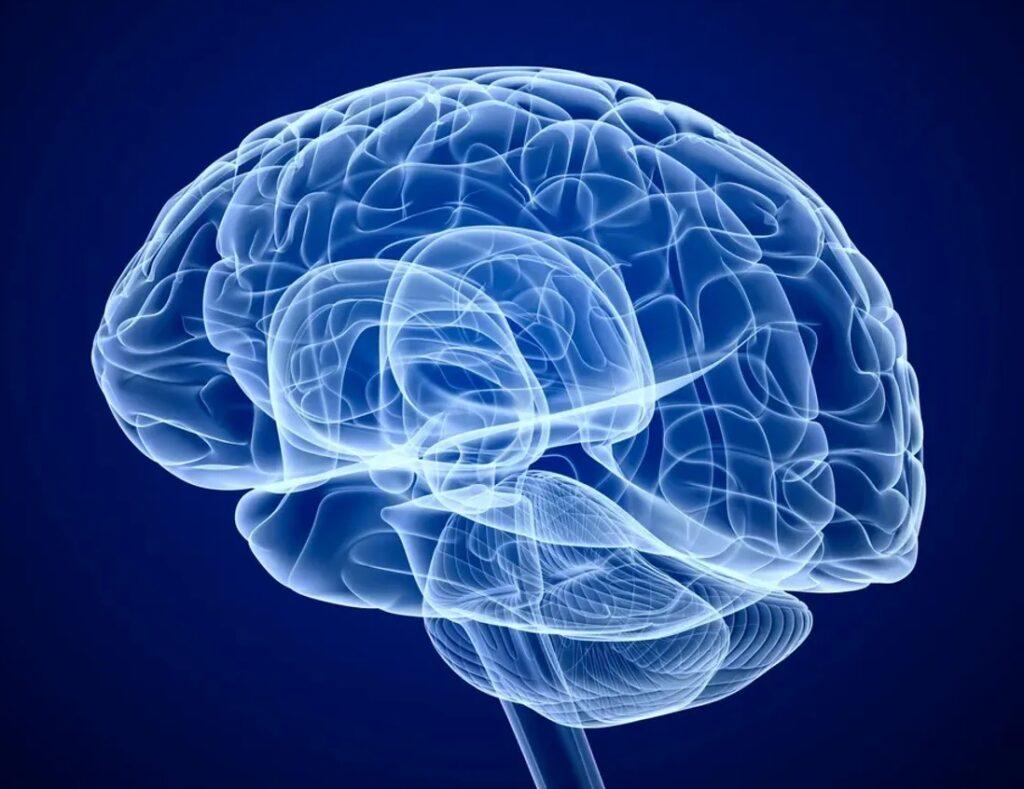Medical cannabis treatment was associated with increased white matter coherence in a new peer-reviewed study conducted by researchers at Harvard Medical School and published in the journal Cannabis and Cannabinoid Research.
 As noted by the study’s abstract, which was published online ahead of print by the National Institute of Health, previous studies have demonstrated abnormal white matter (WM) microstructure in recreational cannabis consumers. However, “the long-term impact of medical cannabis (MC) use on WM coherence is unknown.”
As noted by the study’s abstract, which was published online ahead of print by the National Institute of Health, previous studies have demonstrated abnormal white matter (WM) microstructure in recreational cannabis consumers. However, “the long-term impact of medical cannabis (MC) use on WM coherence is unknown.”
Accordingly, “this study assessed the longitudinal impact of MC treatment on WM coherence.”
As part of a larger, longitudinal investigation, patients interested in treating at least one medical condition with commercially available cannabis products of their choosing were assessed before initiating medical cannabis use and following three and six months of treatment.
“WM coherence was assessed via diffusion tensor imaging for bilateral regions of interest including the genu of the corpus callosum, anterior limb of the internal capsule, external capsule, and anterior corona radiata, as well as an occipital control region not expected to change over time”, states the study’s authors.
In the patients following a medical cannabis treatment, “FA values significantly increased bilaterally in several callosal regions relative to baseline following both 3 and 6 months of treatment; MD values significantly decreased in all callosal regions but only following 6 months of treatment.”
No significant changes in WM coherence were observed in the control region or in a pilot sample of treatment-as-usual patients, “suggesting that increased WM coherence observed in MC patients may be attributed to MC treatment as opposed to confounding factors.”
The study states that “Interestingly, significant reductions in MD values correlated with higher cannabidiol (CBD) exposure but not Δ-9-tetrahydrocannabinol exposure.”
Reserahcers conclude: “Overall, MC treatment was associated with increased WM coherence, which contrasts with prior research examining recreational cannabis consumers, likely related to inherent differences between recreational consumers and MC patients (e.g., product choice, age of onset). In addition, increased CBD exposure was associated with reduced MD following 6 months of treatment, extending evidence from preclinical research indicating that CBD may be neuroprotective against demyelination.”
Researchers caution that “However, additional research is needed to elucidate the clinical efficacy of MC treatment and the risks and benefits of long-term MC use.”
The full text of this study can be found by clicking here.

